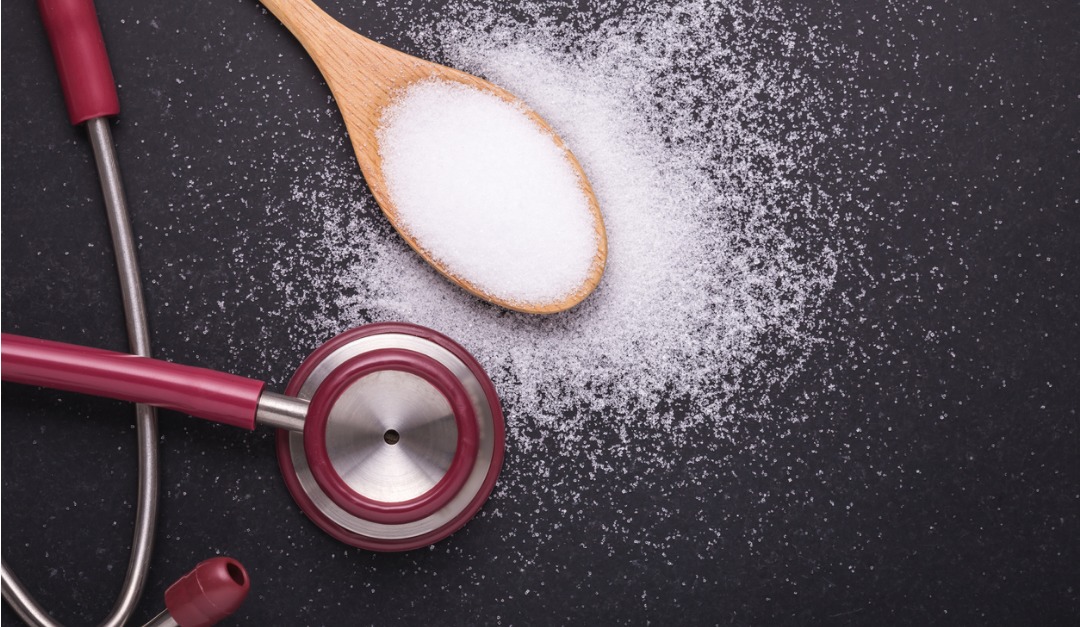
Healthy Eating Tips to Cut Down on Sodium
For most people, there’s no denying that salt is tasty. The sodium-rich ingredient excites our palates and adds flavor to bland food. But too much of a good thing can be bad.
According to federal stats, nine out of 10 Americans eat more sodium than they need, which can lead to high blood pressure and an increased risk of a heart attack or stroke. The good news is that cutting down on salt and other high-sodium products can help lower your blood pressure or keep it at a healthy level. Use these tips from HealthFinder.gov to reduce the amount of sodium in your diet:
Know your sodium limit. Generally, healthy adults and teenagers 14 years old and above need to limit their sodium intake to no more than 2,300 mg a day. Children younger than 14 need no more than 1,500 to 2,200 mg a day, depending on their age. For people with high blood pressure, limiting sodium intake to 1,500 mg a day may be helpful. Make sure to ask your doctor how much sodium is okay for you.
Shop for low-sodium foods. Believe it or not, most of the sodium we eat doesn’t come from our salt shakers. Sodium is in almost all the processed and prepared foods we buy–even foods that don’t taste salty, such as bread or tortillas. When you’re shopping, limit these high-sodium items: processed meats, poultry and seafood, such as deli meats and sausages; sauces, dressings and condiments; and instant foods, such as flavored rice or noodles.
Check the label. Use the Nutrition Facts label to check the amount of sodium in foods, and compare different options. Try to choose products with 5 percent Daily Value (DV) or less; a sodium content of 20 percent DV or more is high.
Make healthy shifts. Swap out foods that are higher in sodium for healthier options. For example, you can snack on unsalted nuts instead of salted pretzels or chips. Buy plenty of fruits and vegetables, but avoid frozen vegetables with added butter or sauce and canned veggies high in sodium.
Cook more at home. Making your own meals is a great way to eat less sodium, because you’re in control of what goes into your food. Try different herbs and spices, such as ginger or garlic, to flavor your meal instead of salt. Choose condiments that are unsalted or lower in sodium, and if you’re cooking pasta, don’t add salt to the water. When you do eat out, check the menu for any lower-sodium dishes, and ask to get dressings and sauces on the side so you can add only as much as you need.
Add more potassium to your diet. Replace high-sodium foods with high-potassium foods, which can help lower your blood pressure. Good sources of potassium include potatoes, cantaloupe, bananas, beans, milk and yogurt.



